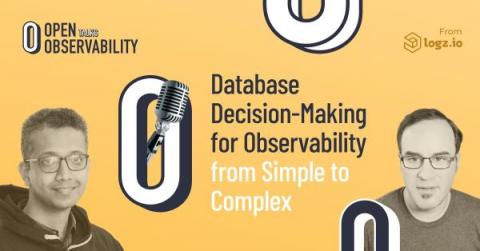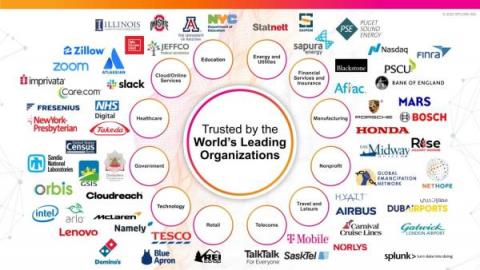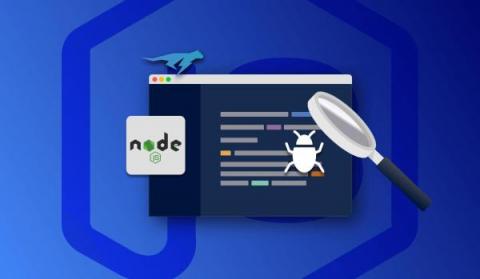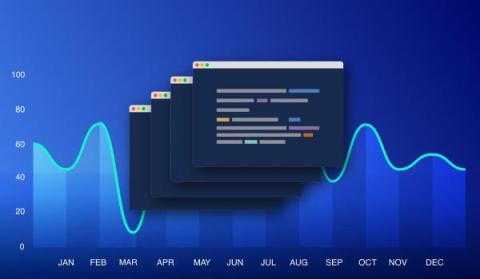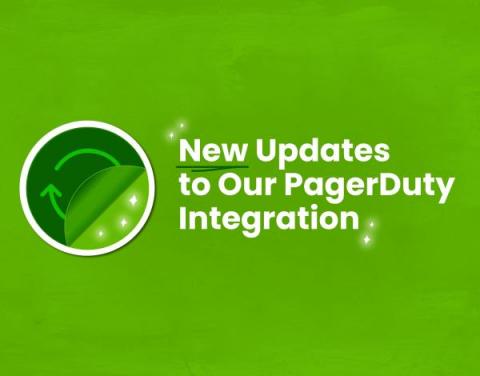Database Decision-Making for Observability, from Simple to Complex
A goal of open-source observability is unifying several different signals to provide the observability everyone wants. It’s always interesting to speak to people on this journey, and how they try to provide it through open-source projects, and the challenges they can face. I was thrilled to host Pranay Prateek on the most recent episode of the OpenObservability Talks podcast.


